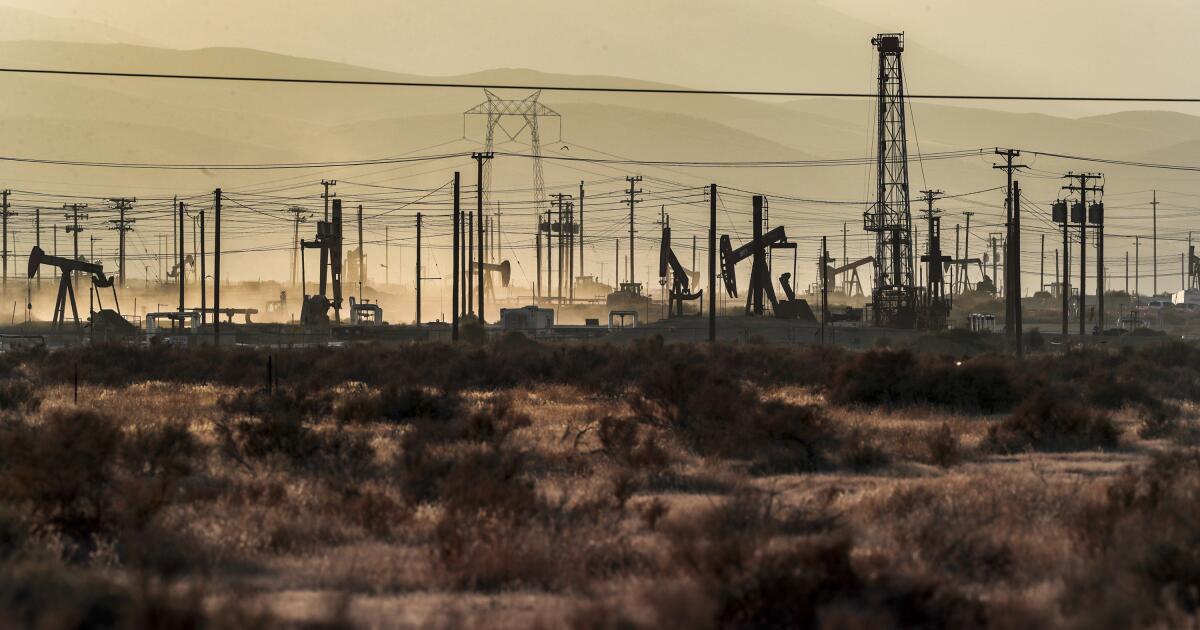
Carbon storage offers hope for climate, cash for farmers
Associated PressORIENT, Ohio — The rye and rapeseed that Rick Clifton cultivated in central Ohio were coming along nicely — until his tractor rumbled over the flat, fertile landscape, spraying it with herbicides. One example, he added: “Farmers planting cover crops so they can reduce the carbon dioxide in the air and get paid for doing it.” Clifton, 66, started growing cover crops several years ago to improve corn, soybean and wheat yields. Besides cover crops, promising techniques for carbon storage include reducing or eliminating tillage and letting marginal croplands revert to plains or woods, said Adam Chambers, a U.S. Natural Resources Conservation Service air quality scientist. “Without adequate measurement tools or guarantees of permanence, quantifying soil carbon to use in a carbon market becomes a guessing game and does not guarantee actual reductions in greenhouse gases,” they said. Such complex data analysis lends credibility to eco-friendly agriculture, once widely associated with “offbeat farmers,” said Keith Paustian, a soil and crop scientist at Colorado State.
History of this topic

What is carbon farming? | Explained
The HinduFarm fields don’t just feed us. They store carbon. But a big question is how much
Associated PressU.S. Department of Agriculture to invest $300 million in monitoring agricultural emissions
Associated Press
New climate deal spurs hopes of more carbon storage projects
Associated PressGreater carbon storage in Snowy Monaro could help combat climate change
ABCCarbon farming: Climate change fix or greenwashing?
The Hindu
President Biden, Please Don't Get Into Carbon Farming
WiredResearchers question soil carbon — a key plank of the new Technology Investment Roadmap
ABCDiscover Related


























)


)






